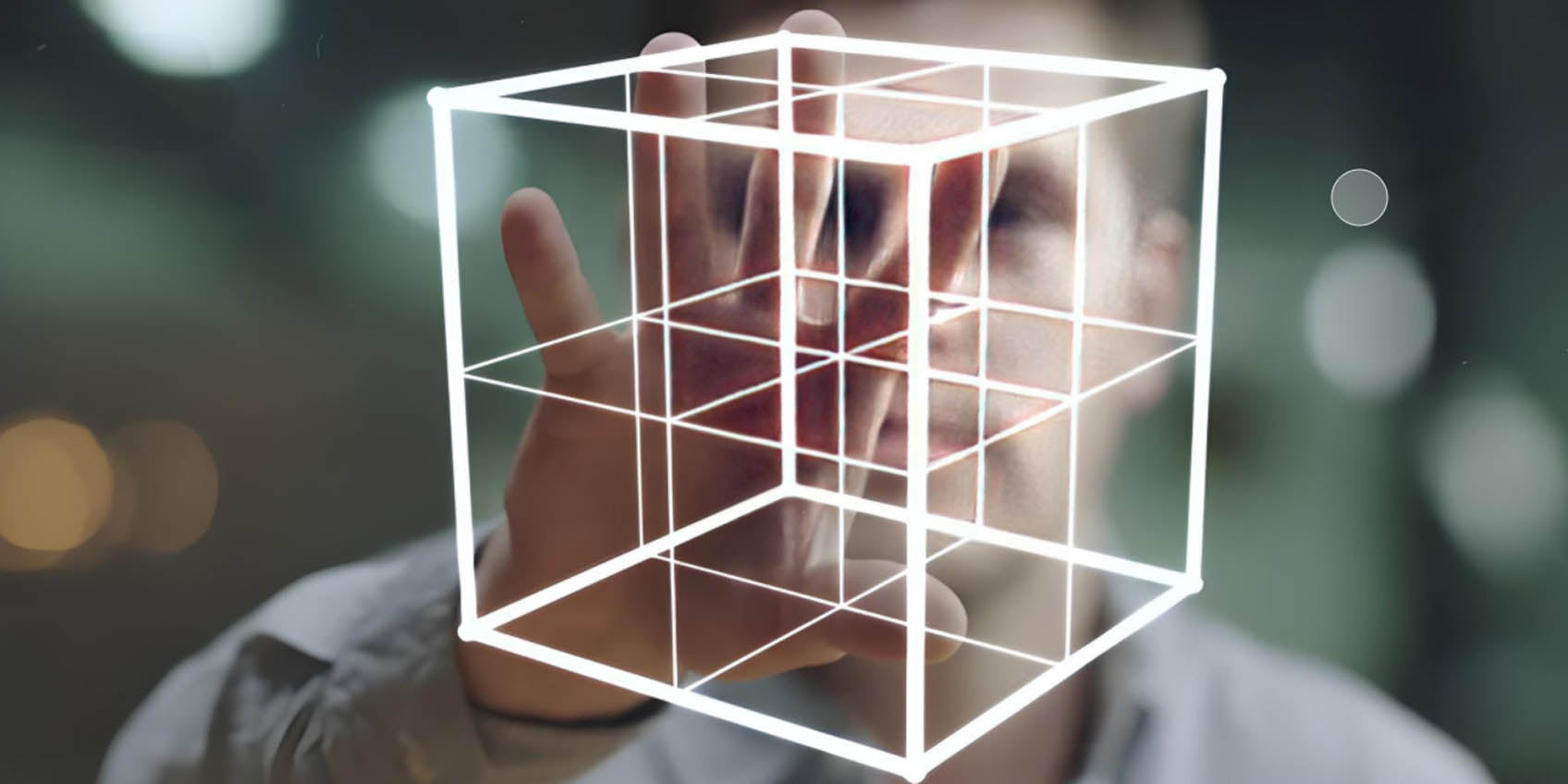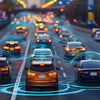How ToF Sensors Enhance Gesture Recognition in Gesture Technology

What is Gesture Technology and the Role of ToF in It?
Gesture technology is revolutionizing the way humans interact with devices, enabling intuitive control through body movements rather than physical contact. From smart home devices to virtual reality (VR) and augmented reality (AR) applications, gesture technology enhances user experience by tracking and interpreting movements with precision.
In recent years, Time-of-Flight (ToF) technology has become a cornerstone of gesture recognition, driving significant advancements in accuracy, responsiveness, and usability. This article explores how ToF sensors are transforming gesture recognition systems and enhancing the overall interaction experience across various applications.
1. Understanding Gesture Technology
Gesture technology involves sensors that track human body movements, translating them into commands that devices can understand. The technology is commonly used in:
- Gaming: Replacing traditional controllers with body movements to create immersive experiences.
- Virtual Reality (VR) & Augmented Reality (AR): Enabling users to interact with virtual objects using natural hand gestures.
- Smart Home Devices: Allowing users to control lighting, temperature, and other functions without touching any physical interface.
- Accessibility: Offering an alternative for users with mobility impairments to interact with devices easily.
Initially, cameras and infrared (IR) sensors were used for gesture recognition. However, the introduction of ToF technology has elevated the precision and reliability of these systems, making them more effective in diverse settings.
2. How ToF Technology Enhances Gesture Recognition
Time-of-Flight (ToF) sensors measure the time it takes for light to travel to an object and back, providing real-time depth information. This allows ToF sensors to capture 3D spatial data, improving gesture recognition accuracy. The role of ToF technology in gesture recognition can be broken down into several key advantages:
a. Enhanced Depth Perception
ToF sensors excel in providing depth information, which is crucial for distinguishing various gestures in 3D space. Unlike traditional cameras that rely on pixel-based image processing, ToF sensors generate precise depth maps, allowing them to detect even subtle hand movements or body postures with higher accuracy.
b. Improved Performance in Low-Light Environments
ToF sensors are less affected by light conditions compared to conventional cameras. While cameras and IR sensors may struggle in dim environments, ToF sensors work effectively in both low-light and dark settings, ensuring reliable gesture tracking even in challenging lighting conditions.
c. Gesture Recognition in Complex Environments
In environments with dynamic movement or background noise, ToF sensors help isolate gestures from external disturbances. For example, in crowded spaces or during high-speed movements, ToF technology provides stable performance, significantly reducing errors caused by background clutter.
d. Real-Time Depth Sensing
ToF technology enables real-time depth sensing, which is crucial for responsive gesture control. The system can quickly adjust to changes in position or movement, ensuring seamless user interaction. This is particularly important in applications like gaming, where quick and accurate responses are essential for a smooth experience.
3. Key Applications of ToF-Enhanced Gesture Technology
The integration of ToF sensors into gesture recognition systems has opened up a wide range of applications across different industries:
a. Gaming and Entertainment
ToF sensors are used in gaming consoles like Xbox Kinect, allowing players to control their games through body movements. By providing precise depth sensing, ToF technology creates more immersive, touch-free gaming experiences.
b. Smart Homes and IoT Devices
In smart homes, ToF sensors enable gesture-based control of devices like lights, temperature, and entertainment systems. This interaction method is especially beneficial for those with disabilities, as it allows users to control their environment without physical contact, offering a more accessible and hygienic solution.
c. Virtual and Augmented Reality
In VR and AR applications, ToF sensors help track hand movements, body posture, and even facial expressions, enhancing user immersion in virtual environments. This technology enables users to manipulate virtual objects or navigate through digital worlds naturally, creating more intuitive experiences.
d. Robotics
ToF sensors in robots allow them to understand and react to human gestures. This is beneficial in industries like healthcare, where robots interact with patients through gestures, or in industrial automation, where gestures can control machinery or robots in real-time.
4. The Future of ToF Sensors in Gesture Recognition
As ToF technology continues to evolve, its potential for gesture recognition systems will expand significantly. The future promises even more advanced gesture control, driven by innovations in machine learning (ML) and artificial intelligence (AI). These technologies will enable ToF sensors to:
- Recognize More Complex Gestures: Future systems will be able to understand more detailed and nuanced gestures, allowing for even finer control in applications like virtual design or robotics.
- Personalize Gestures: By incorporating AI, systems can adapt to individual users’ specific movements and preferences, offering a highly personalized experience.
- Miniaturize Sensors: As ToF sensors become smaller and more efficient, they will be embedded in smaller devices like wearables, drones, and even smart clothing, opening up new possibilities for gesture-based control across various platforms.
- Improve Interactivity in Mixed Reality: The integration of ToF sensors with AI and ML will lead to a more intuitive and seamless interaction in mixed reality (MR) environments, where users interact with both physical and virtual elements simultaneously.
5. Conclusion
Time-of-Flight (ToF) sensors are fundamentally transforming gesture recognition technology, enhancing the accuracy, responsiveness, and versatility of human-computer interactions. By providing precise depth sensing and operating effectively in various environments, ToF sensors allow for more natural, intuitive, and immersive experiences in gaming, smart homes, robotics, VR, and AR.
As the technology continues to advance, we can expect gesture control to become a mainstream feature in a wide range of applications, driving innovation and improving the way humans interact with the digital world.
X-D500 RGB-D ToF Camera|Outdoors And Indoors Applications

After-sales Service: Our professional technical support team specializes in TOF camera technology and is always ready to assist you. If you encounter any issues during the usage of your product after purchase or have any questions about TOF technology, feel free to contact us at any time. We are committed to providing high-quality after-sales service to ensure a smooth and worry-free user experience, allowing you to feel confident and satisfied both with your purchase and during product use.
-
Posted in
X-D500






